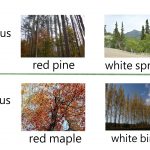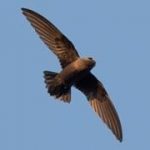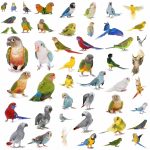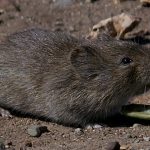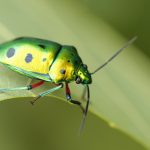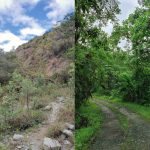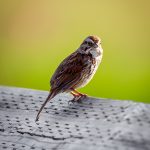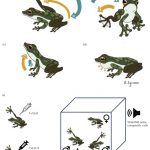This gallery contains 5 photos.
Do you ever find the food provided by the dining hall so undesirable, that you have to dig up those months-old snacks in your fridge or cabinet? Some animals in nature behave in the same way. When facing the threat … Continue reading

